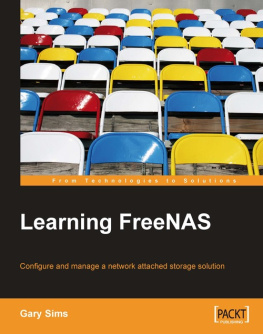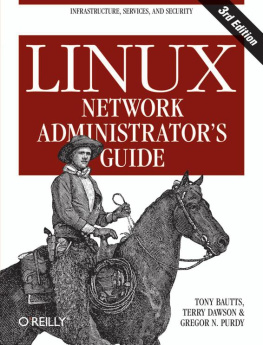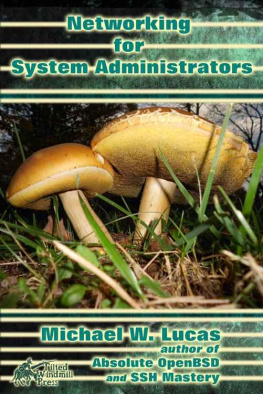Nathan's own publications have included several articles in trade journals such as SysAdmin Magazine, and co-authoring the Apress book "The Definitive Guide to Linux Network Programming" (ISBN: 1590593227).
When not hacking at code, Nathan enjoys spending time at home in the Seattle, WA area with his wife Katie, daughter Sydney, and son Ethan. Nathan can be contacted via email at: <>.
Preface
FreeNAS is a free piece of software that turns a PC into Network Attached Storage (NAS). It supports connections from Microsoft Windows, Apple OS X, Linux, and FreeBSD. It supports RAID, has a simple web GUI, and modest system requirements. Since FreeNAS is an embedded operating system, it is compact, efficient, and dedicated to just one task.
This book shows system administrators, as well as home network users, how to quickly install and configure FreeNAS.
FreeNAS has a full range of advanced features including support for Redundant Array of Independent Disks (RAID), Microsoft Active Directory, and iSCSI. The goal of this book is to show administrators how to use these advanced features and exploit the full potential of the FreeNAS software.
The FreeNAS software is suitable for home use as well as enterprise deployment and as such this book also covers the planning and administration tasks for both types of environment. This book also has a chapter dedicated to problem solving, and much more...
What This Book Covers
is a high level look at Network Attached Storage (NAS), and more specifically, the FreeNAS software. We will cover the basic idea behind NAS and the philosophy of the FreeNAS server. This chapter is less hands-on than the others in this book, but it is important to understand the concepts of Network Attached Storage and where the FreeNAS server fits into your business.
will look at the basic planning points including: Capacity planning, Hardware requirements, Planning for backup, Redundancy needs, and Network infrastructure.
will install the FreeNAS server, and we'll start looking at the basic configuration.
shall look at the different services and protocols supported by FreeNAS, and we'll also see examples of how various platforms like Windows, OS X, and Linux can use the FreeNAS server for file sharing, backup, and streaming multimedia.
will look at the different system administration tasks for the FreeNAS server as well as user administration.
will look at how to manage hard disks in the FreeNAS server and how to configure them to form RAID sets that improve fault tolerance and increase drive performance.
shall explore the different options that exist to back up the data on the FreeNAS server including using RSYNC to a second local disk as well as to a remote machine.
looks at Advanced System Configuration like disk encryption, adding a swap space, and tweaking FreeBSD.
is a guide on how to solve problems with your FreeNAS server. It covers where to look for information about the problem as well as how to hunt down problems by being methodical. It also looks at the common problems people have with their FreeNAS servers including networking problems and problems with RAID.
will look at some simple FreeBSD commands and also some fundamental FreeBSD administration tasks, including stop and starting different services as well as controlling RAID from the command line.
What You Need for This Book
To get the most from this book you will need a copy of the FreeNAS server software and one or more PCs on which to install it. You will need the ability to burn a CDROM and you will possibly need a USB flash disk. You will need a network and a separate client PC with a web browser. The client PC can use Windows, OS X, Linux or any other OS that support web browsing. FreeNAS can be administered using almost any web browser including Firefox, Safari or Internet Explorer.







![Yauheni V. Pankov - Network Backup with Bacula [How-to]](/uploads/posts/book/56333/thumbs/yauheni-v-pankov-network-backup-with-bacula.jpg)

